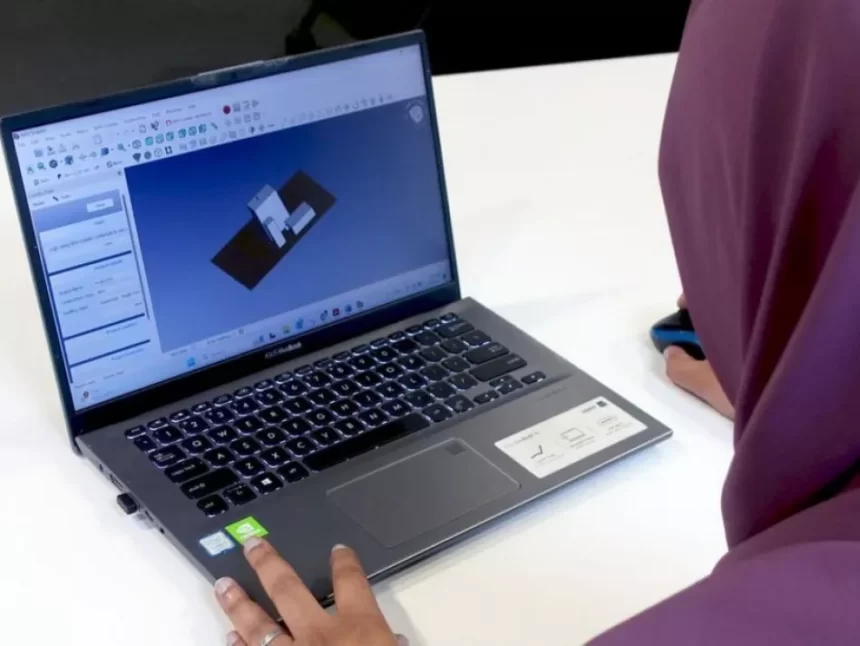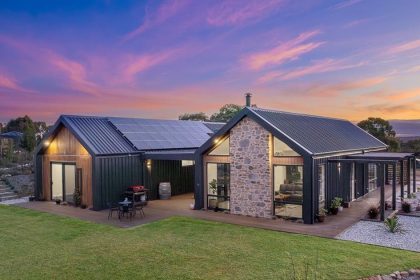Researchers at RMIT University have developed groundbreaking software that simplifies integrating solar technology into building designs.
Building-integrated photovoltaics, or BIPV, are building features such as roof tiles, cladding and windows that double as solar panels.
The new software, called BIPV Enabler, will enable architects and engineers to incorporate, source and price BIPV during the building’s conceptual design stage.
This allows building designers and developers to select the perfect solar option to suit their needs at a far earlier production stage, reducing research and implementation time.
BIPV Enabler will also assist in retrofitting existing buildings with integrated solar by seamlessly incorporating factors such as climate, building code, and materials, bridging the gap between BIPV technology and architectural design.
Australian PV Institute Project Lead and Associate Professor Rebecca Yang says the technology should boost the number of new and existing buildings featuring integrated solar technology.
“Integrated solar has often been overlooked due to the technical complexity involved. With BIPV Enabler, we make it an attractive and viable option for developers,” she said.
“We are slicing the time it takes to implement solar devices, both for new and existing buildings.”
The software integrates product, regulation, technical, economic, and construction data to create comprehensive 3D models and detailed lifecycle simulations tailored to each building’s location.
This ensures accurate predictions of performance and feasibility, making solar-savvy design easier.
The Australian construction industry has already witnessed the benefits of BIPV technology with the construction of the country’s first fully solar panel-clad office tower, 550 Spencer Street in West Melbourne, which sources its own power through the building’s revolutionary photovoltaic facade glazing system.


Bao, a Lecturer in Architecture at RMIT, Nic Bao, says the technology will make it easier to incorporate solar-savvy designs.
“There are so many technical factors to consider when integrating BIPV into a design that it hadn’t been a popular choice, which was a missed opportunity,” he said.
“Making BIPV design more accessible promotes sustainable development of energy-efficient buildings, while providing opportunities for low-carbon architecture.”
“We hope to see more buildings capable of generating solar electricity, while maintaining good design standards – a win for the planet and aesthetics,” he said.







